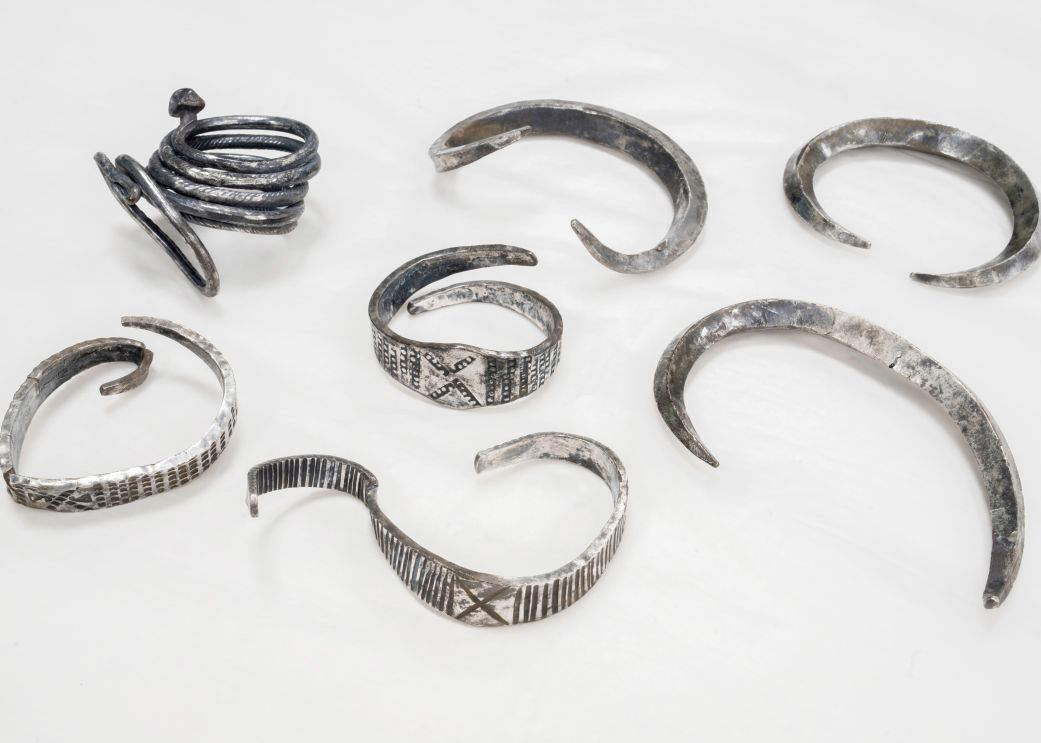Relevant archaeological discovery in Denmark: student finds seven Viking bracelets in fields
Significant archaeological discovery near Aarhus, Denmark, where Gustav Bruunsgaard, a 22-year-old archaeology student, found as many as seven Viking bracelets, all made of silver, while walking through the countryside around the city with his metal detector. The discovery dates back to the spring, but the Moesgaard Museum in Aarhus, which was in charge of studying the finds, only broke the news in recent hours. The find, according to museum archaeologists, underscores the position of the Aarhus area as an international hub in the Viking era.
The find occurred at the Elsted location, north of the city. Initially, Bruunsgaard found only one bracelet: he later returned to the site the day after the discovery and, at the same location, found six more bracelets. The artifacts were then studied by Danish and international experts, who concluded that they were, as mentioned, Viking-era items.
Silver was a common trade commodity in Viking times. The seven bracelets found by Gustav weigh more than half a kilogram, so their value must have been considerable. Moreover, bracelets like these were adapted to a common system of weights so that the value of individual rings could be easily seen. They served as a means of payment and were in common use in economic transactions; they also served to demonstrate the owner’s financial capacity.
Archaeological experts estimate the bracelets found in Aarhus to be of significant value. They have been dated to around the year 800, that is, the beginning of the Viking Age, shortly after the founding of Viking Aros, present-day Aarhus. The bracelets are believed to have been made in southern Scandinavia, probably in Denmark. There is, however, one very distinctive bracelet: it is the spiral bracelet, a type that originated in today’s Russia or Ukraine and then spread further north from those areas and was imitated in today’s Nordic countries. The three engraved band bracelets, on the other hand, are a southern Scandinavian type, and inspired bracelets in Ireland, where they became very common. The remaining three, on the other hand, are plain bracelets, which in spite of their simplicity are rarer than the others, but are known from Scandinavia and England.
“The Elsted farm treasure is an extraordinarily interesting find from the Viking Age, connecting Aarhus with Russia and Ukraine to the east and the British Isles to the west,” says Kasper Andersen, historian at the Moesgaard Museum. “The discovery underscores how Aarhus was a hub in the Viking world, which stretched from the North Atlantic to Asia.” The bracelets can now be seen right at the Moesgaard Museum.
 |
| Relevant archaeological discovery in Denmark: student finds seven Viking bracelets in fields |
Warning: the translation into English of the original Italian article was created using automatic tools. We undertake to review all articles, but we do not guarantee the total absence of inaccuracies in the translation due to the program. You can find the original by clicking on the ITA button. If you find any mistake,please contact us.





























